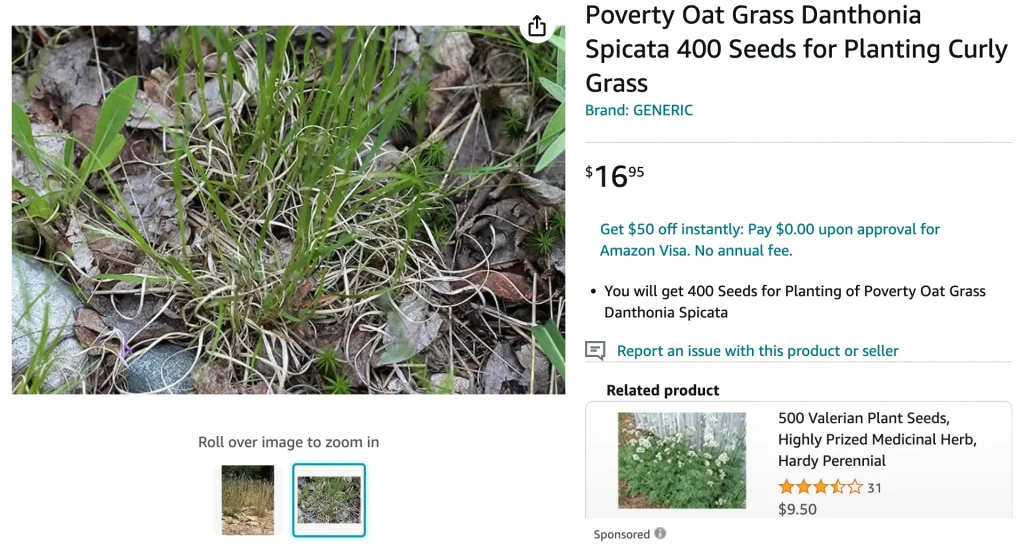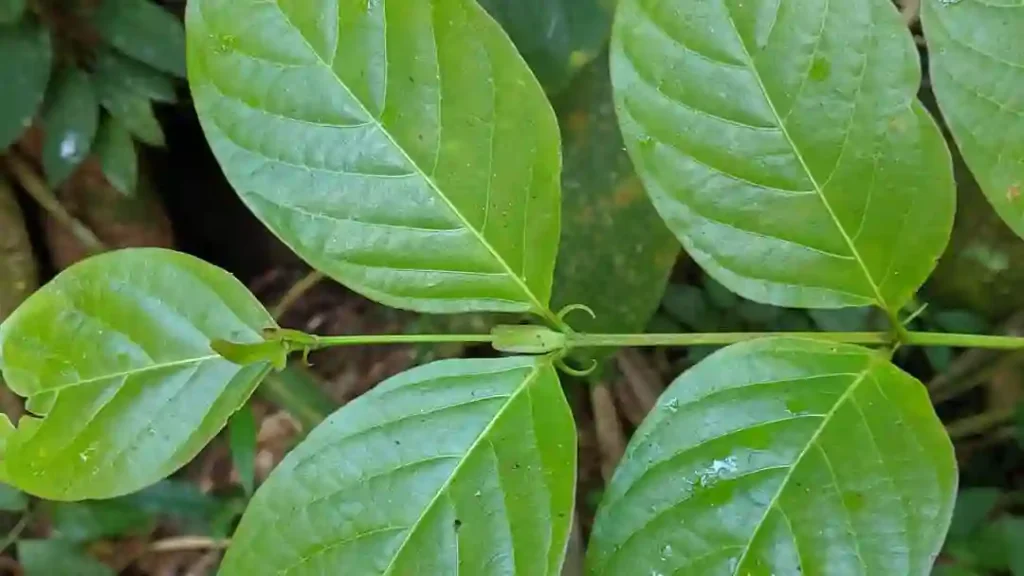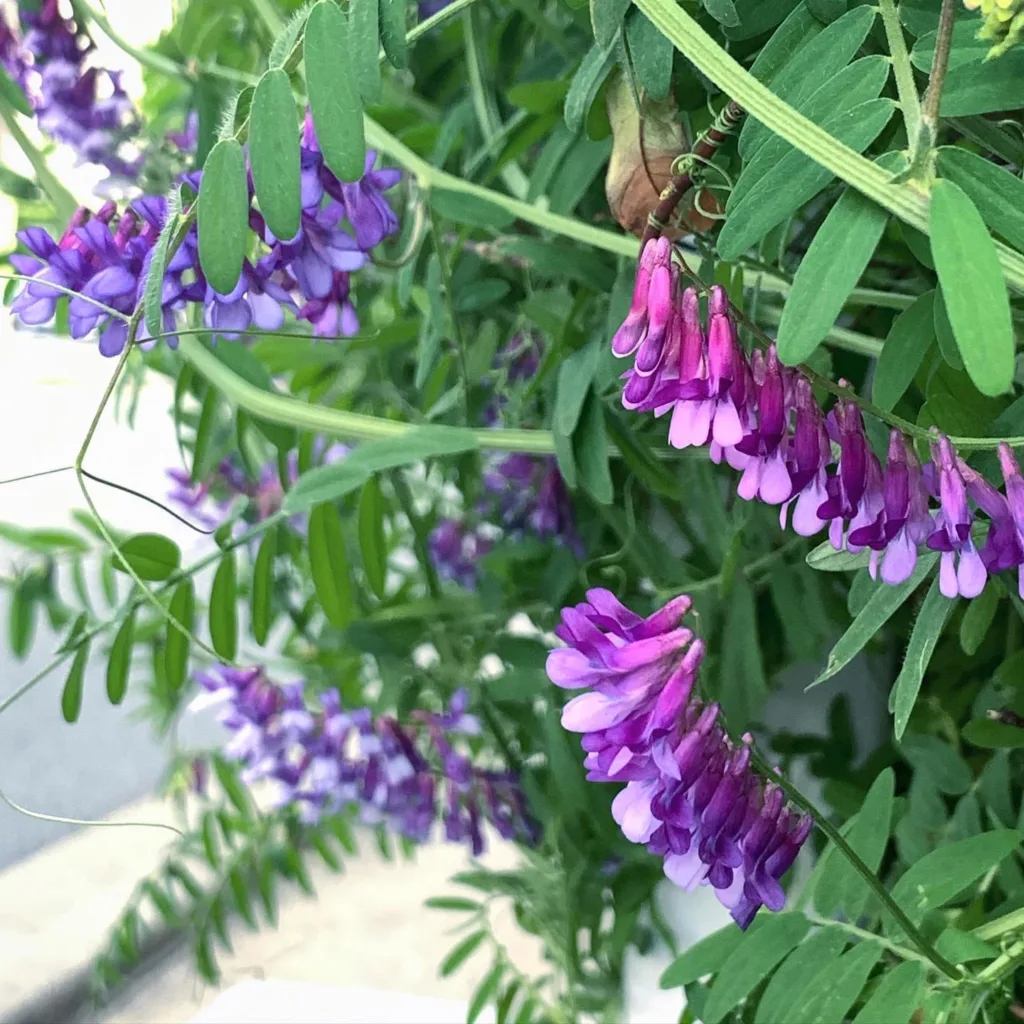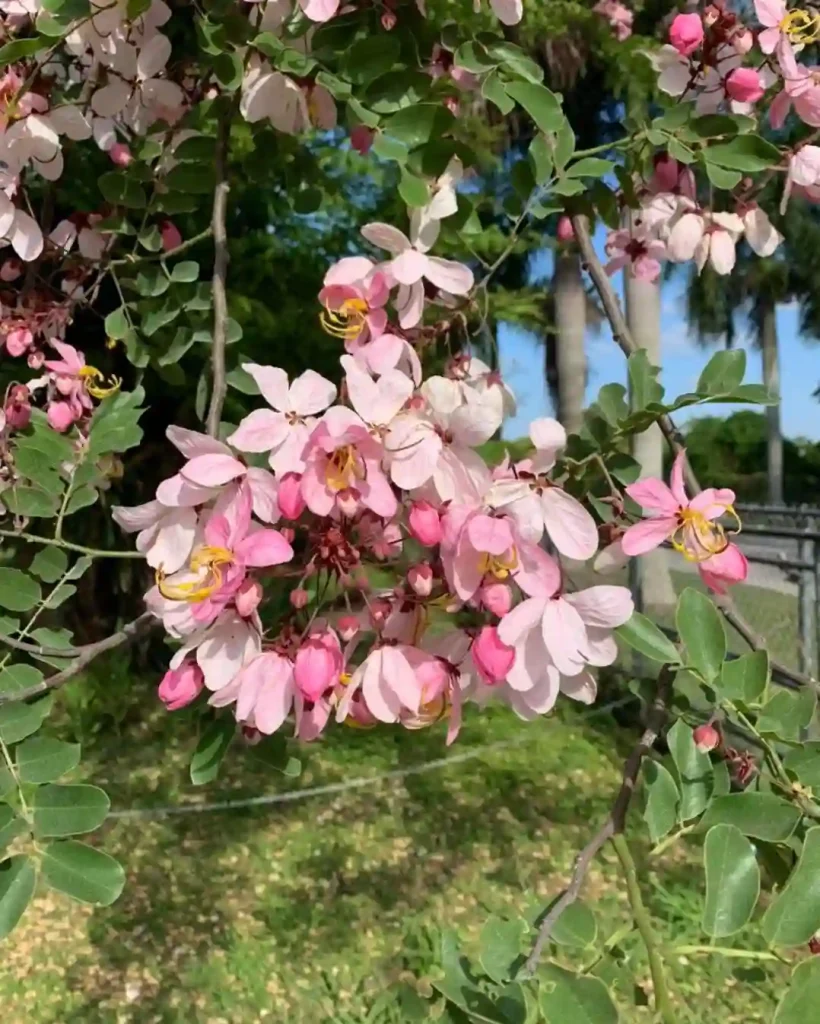
FAQs About Danthonia Spicata
As a passionate gardener with a keen interest in various plant species, I’ve found Danthonia Spicata, commonly known as Poverty Grass or Heath Grass, to be a fascinating and versatile plant. If you’re considering adding this species to your garden or are just curious, here are some frequently asked questions I’ve encountered, based on my own experiences and research.
27 Species in Genus Danthonia
What is Danthonia Spicata?
Danthonia Spicata is a perennial grass native to North America, thriving in a range of environments from dry, sandy soils to rocky outcrops. It’s known for its fine-textured foliage and graceful appearance, which can lend an air of elegance to any garden. The grass forms dense tufts with narrow leaves and produces slender, airy flower spikes that add subtle beauty.
How to Care for Danthonia Spicata?
Caring for Danthonia Spicata is relatively straightforward, making it an excellent choice for both novice and experienced gardeners. Here’s what I’ve found works best:
- Soil Requirements: This grass is adaptable to various soil types, but it performs best in well-drained, sandy, or rocky soils. Avoid overly rich or clay-heavy soils, as they can lead to root rot.
- Watering: Danthonia Spicata is drought-tolerant once established. During its initial growth phase, keep the soil consistently moist, but after that, reduce watering. Overwatering can be detrimental to its health.
- Sunlight: It thrives in full sun but can tolerate partial shade. I’ve noticed that it reaches its full potential with at least six hours of direct sunlight daily.
- Maintenance: This grass requires minimal maintenance. I recommend cutting back old foliage in late winter or early spring to encourage fresh growth. Avoid heavy fertilization as it can lead to excessive, unmanageable growth.
How to Propagate Danthonia Spicata?
Propagating Danthonia Spicata can be done through seed sowing or division. Here’s my approach to each method:
- Seed Sowing: Sow seeds directly into the soil in late spring or early summer. Ensure the soil is well-prepared and keep the seeds lightly covered. Germination typically occurs within a few weeks, and seedlings should be thinned out to allow proper spacing.
- Division: For established clumps, division can be done in early spring or fall. Carefully dig up the clump, separate it into smaller sections, and replant them. This method helps rejuvenate the plant and provides new growth.
What to Plant With Danthonia Spicata?
Danthonia Spicata pairs well with a variety of plants, creating a harmonious and visually appealing garden. Here are a few companions I’ve successfully used:
- Wildflowers: Combine it with native wildflowers like Black-eyed Susans or Coneflowers for a naturalistic look. These plants complement the delicate texture of Danthonia Spicata and attract pollinators.
- Low-Growing Perennials: Consider planting it alongside low-growing perennials like Creeping Thyme or Sedum. These plants can provide contrasting textures and colors, enhancing the overall aesthetic.
- Other Grasses: Mixing Danthonia Spicata with other ornamental grasses such as Blue Fescue or Little Bluestem can create a dynamic and varied landscape.
Is Danthonia Spicata Toxic?
One of the benefits of Danthonia Spicata is that it is non-toxic to pets and humans. This makes it a safe choice for gardens where children and animals play. In my experience, it poses no risk of toxicity, allowing for peace of mind when incorporating it into your landscape.
Benefits of Danthonia Spicata
Danthonia Spicata offers several benefits that I’ve found valuable:
- Erosion Control: Its dense growth helps stabilize soil and prevent erosion, especially in sandy or sloped areas.
- Low Maintenance: With its minimal care requirements, it’s an ideal choice for low-maintenance gardens.
- Drought Tolerance: Its ability to withstand dry conditions makes it suitable for xeriscaping and regions with limited water availability.
Common Problems with Danthonia Spicata
While Danthonia Spicata is generally resilient, it’s not entirely immune to issues:
- Overwatering: One of the most common problems is root rot from overwatering. Ensure well-drained soil and avoid excessive moisture.
- Pests: Although rare, pests like aphids or mites may occasionally be a problem. Regular inspection and appropriate treatments can manage these issues effectively.
Compare with Similar Grasses
Danthonia Spicata is often compared with other ornamental grasses like Feather Reed Grass or Blue Grama Grass. Here’s a quick comparison based on my observations:
- Feather Reed Grass (Calamagrostis x Acutiflora): While both grasses are aesthetically pleasing, Feather Reed Grass tends to be taller and more upright, with a different texture compared to the more delicate and tufted Danthonia Spicata.
- Blue Grama Grass (Bouteloua Gracilis): Blue Grama Grass is shorter and has a more pronounced seed head. Danthonia Spicata, on the other hand, offers a finer texture and a more subtle flowering spike.
In conclusion, Danthonia Spicata is a versatile and low-maintenance grass that can enhance a variety of garden settings. Its adaptability, ease of care, and non-toxic nature make it a valuable addition to any landscape. If you’re looking for a resilient grass that adds elegance and functionality to your garden, Danthonia Spicata is definitely worth considering.
If i die, water my plants!



